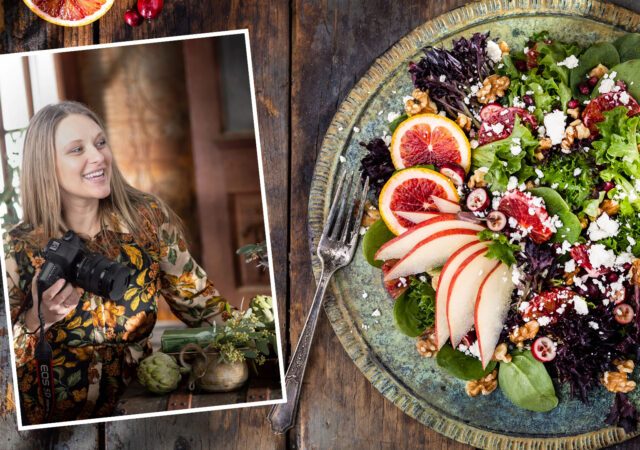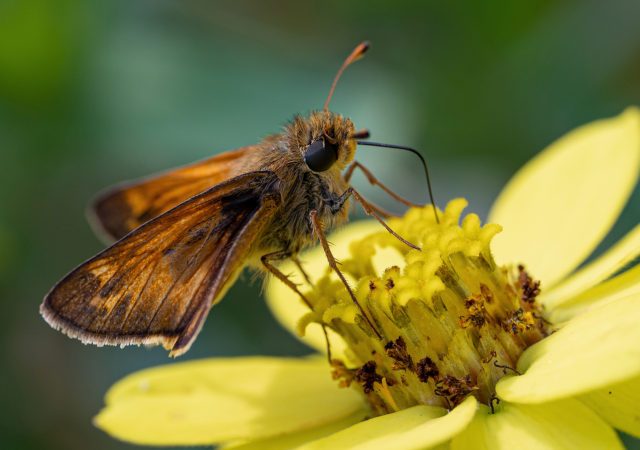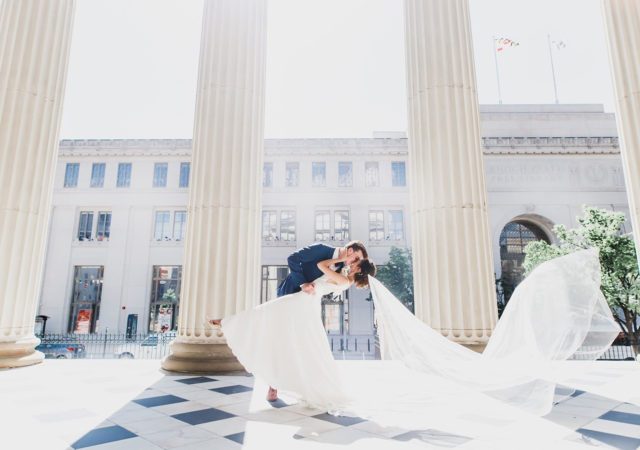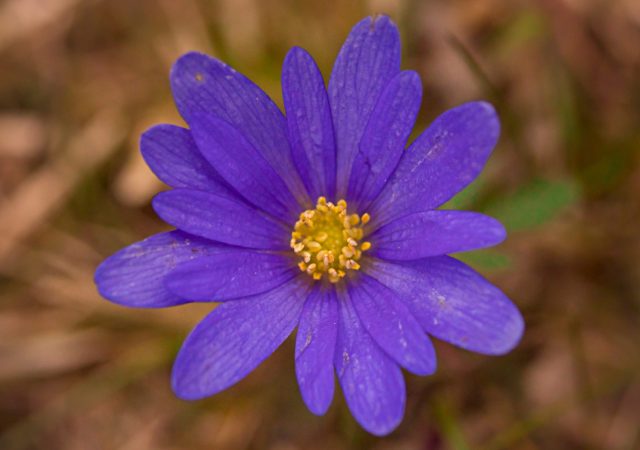Photographer Jena Carlin breaks down an editorial food photography shoot, demonstrating how to create and capture magazine-worthy food images using SIGMA lenses. Learn how both hobbyist and professional photographers can tell the whole story of their dishes whether the images will be published in a magazine or become cherished family memories.
It’s the Little Things: The Simple Joys of Macro Photography
Sometimes, we photographers feel the need to see and capture things from a fresh, new angle. And nothing changes your perspective quite like macro photography!
Making the Most of Elopement and Micro Wedding Photo Sessions
Micro weddings and elopements are more popular than ever, but smaller weddings can be just as memorable and beautiful as huge, extravagant events!
Portrait Girl Gone Macro
What’s a portrait artist to do during a pandemic in the midst of social distancing, after having exhausted all possible subjects? Time to experiment with macro photography!




